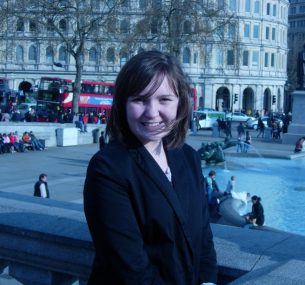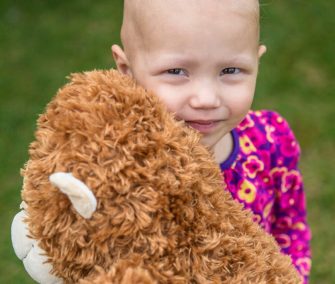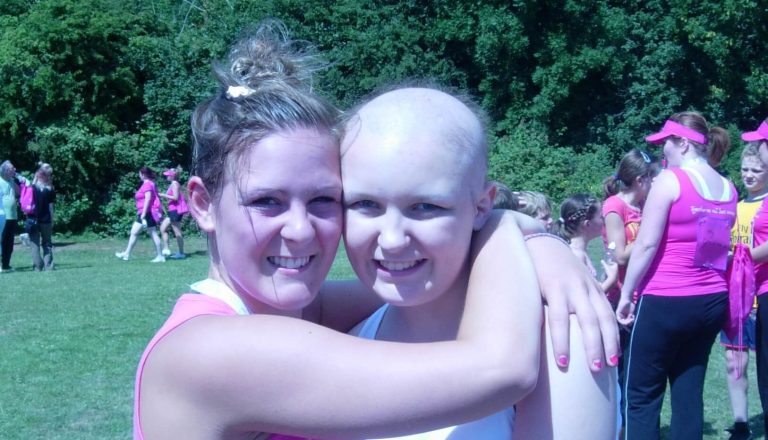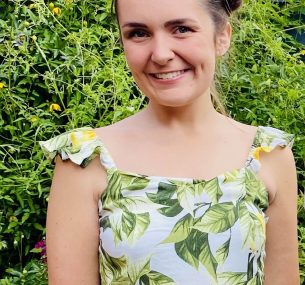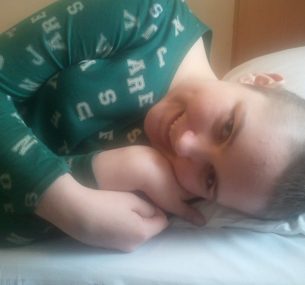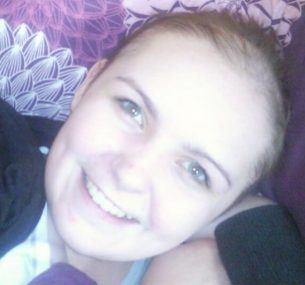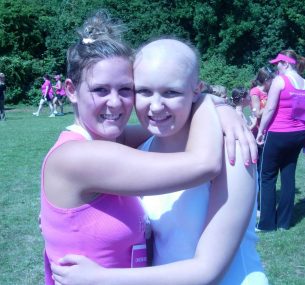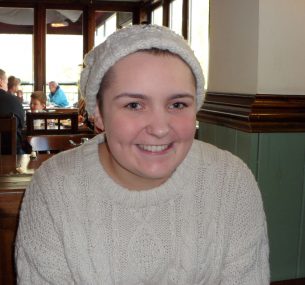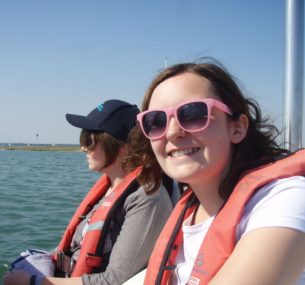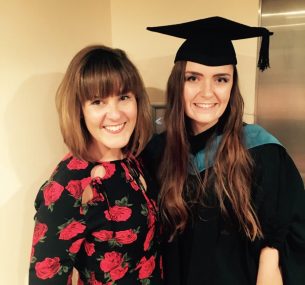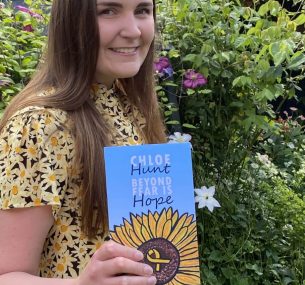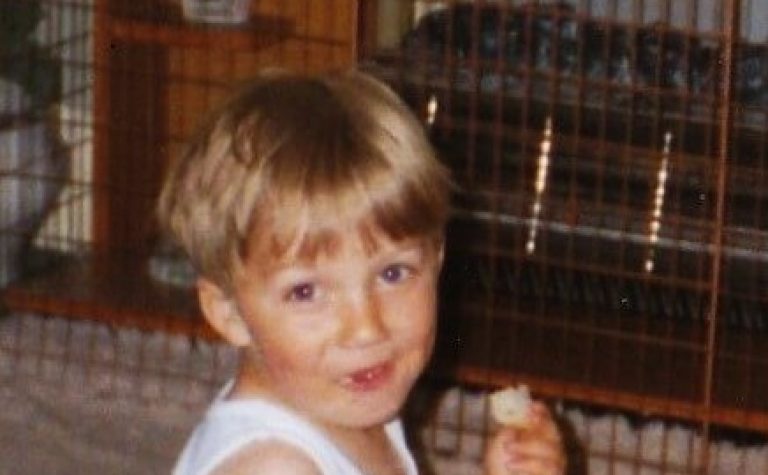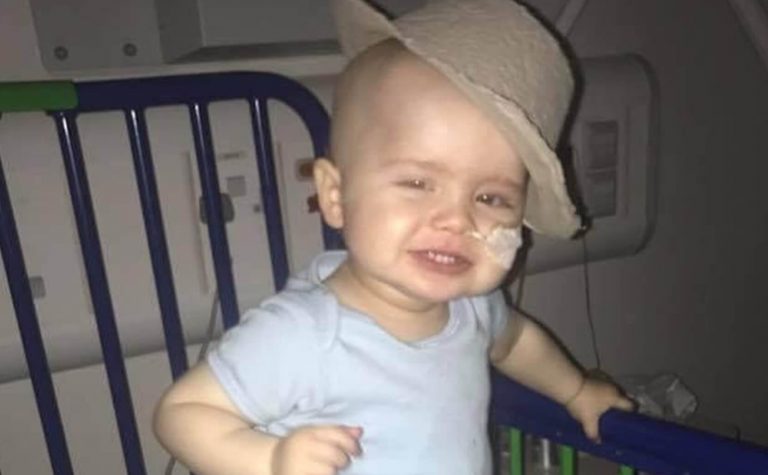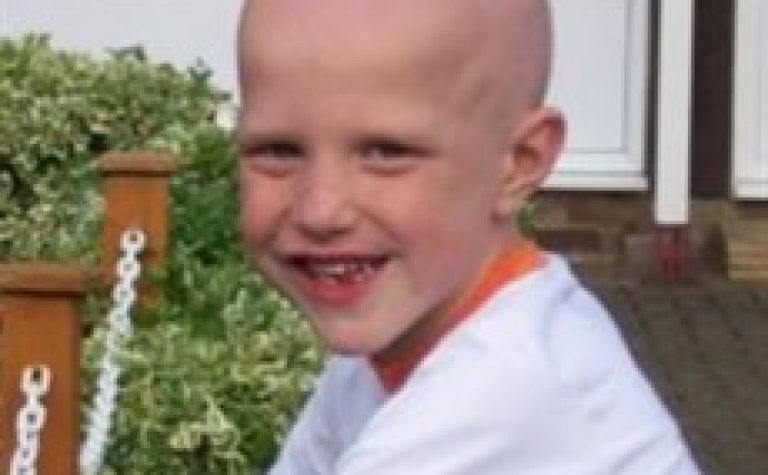It started with non-specific symptoms
I had various non-specific symptoms for a while; fatigue, dizziness, nausea and pain, which was put down to chronic fatigue syndrome after numerous medical tests. However, during year 11 as I was preparing for my GCSE’s, I started experiencing an excruciating sharp pain on my left side of my back. I had an operation for a kidney issue three years prior so I assumed it must be kidney related, as the pain was the same side. I told my mum and this prompted us to book a GP appointment. During the appointment he palpated my abdomen and felt something unusual which unnerved me, but he reassured us something had probably moved during the kidney surgery.
